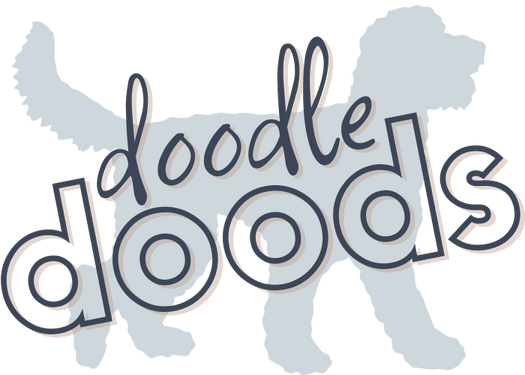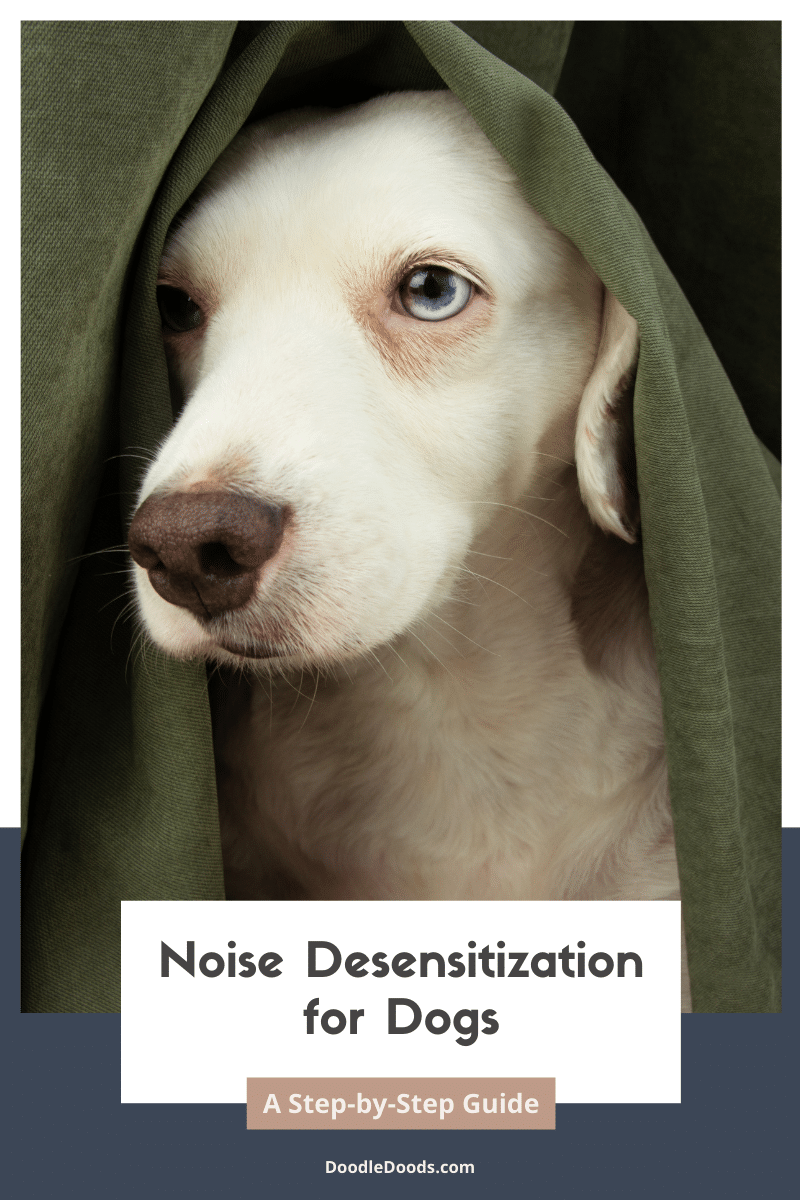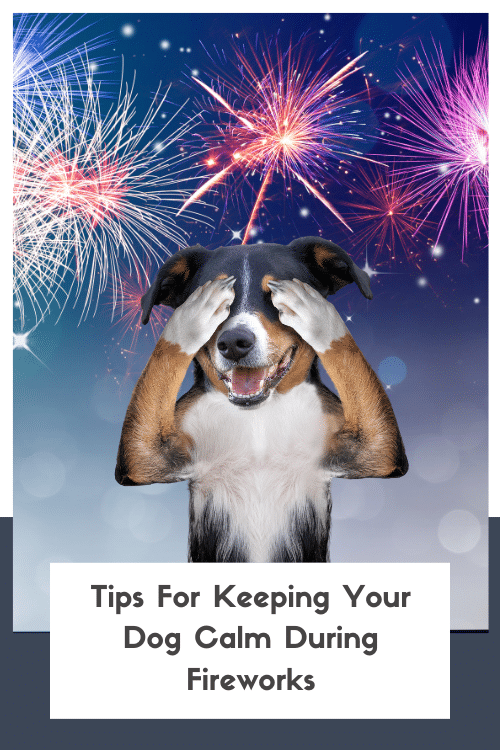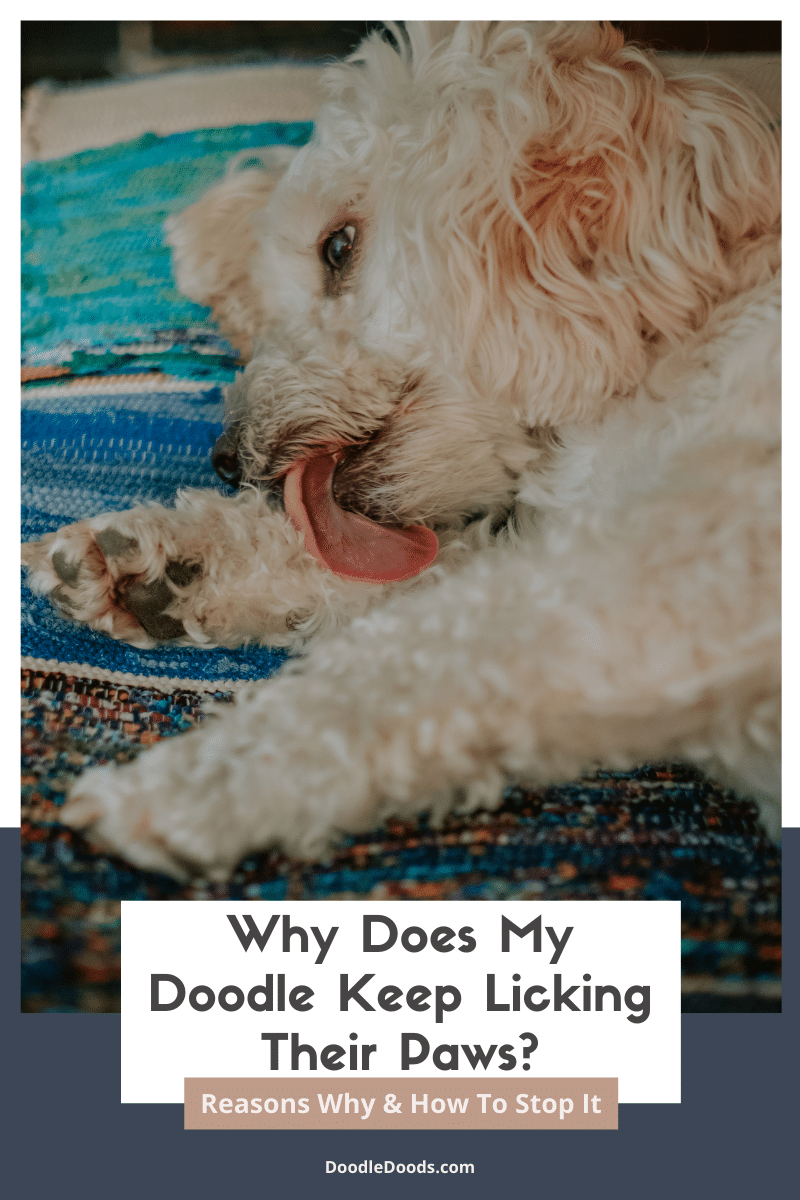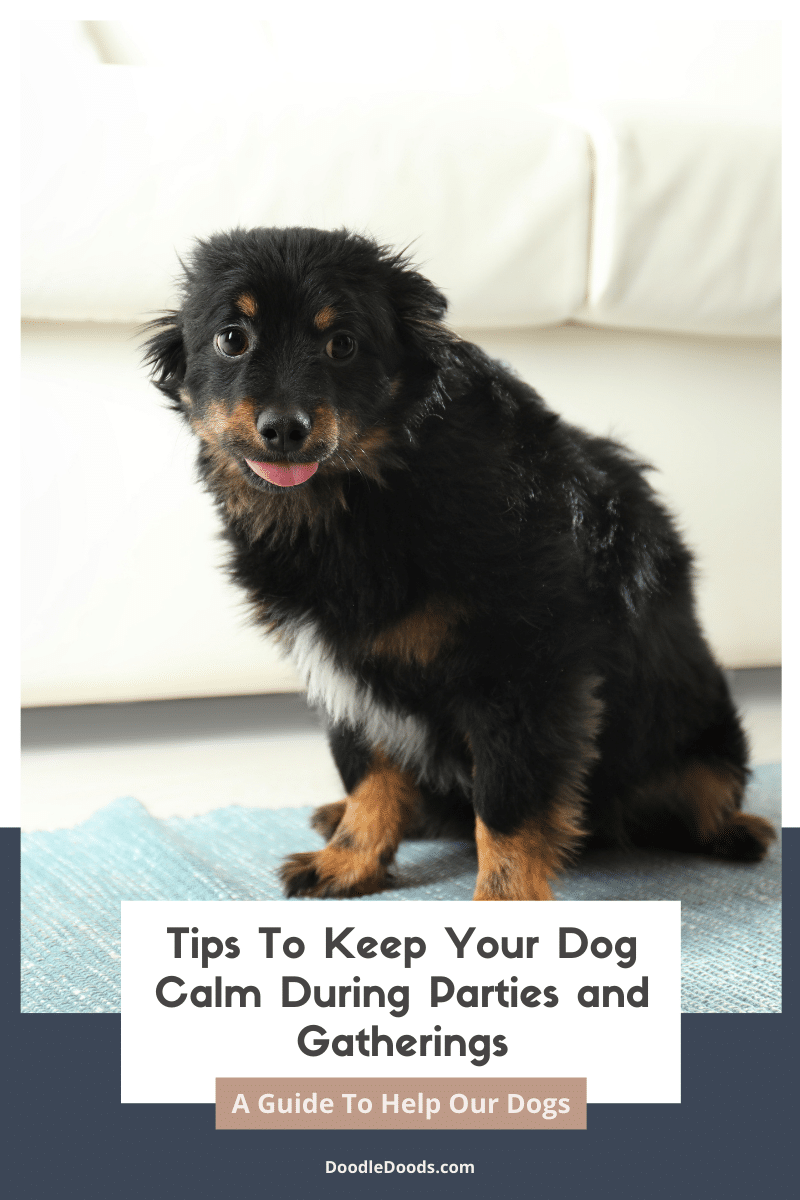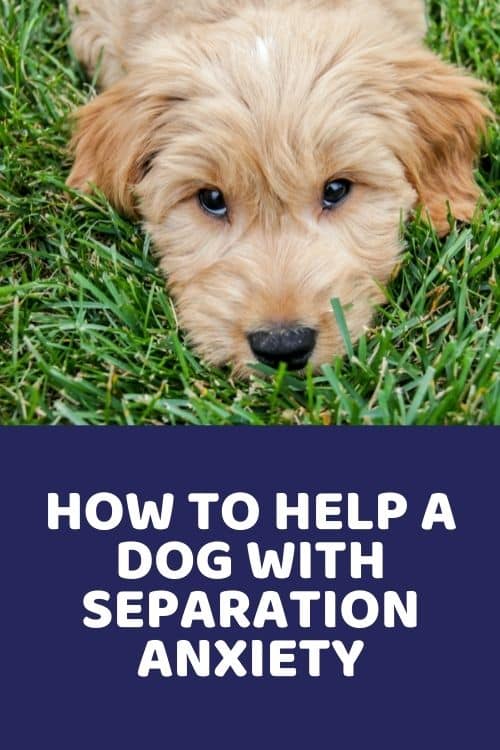Noise desensitization for dogs is an important topic in any pup’s upbringing. Whether you have your hands full with a bit of a scaredy cat pooch or perhaps you’re just trying to be a few steps ahead for the future, then this guide will help you understand how to prevent and fix sound sensitivity in dogs. Keep on reading to learn more!
Table of Contents
- Noise Desensitization For Dogs: Introduction
- Why Is My Dog Scared Of Noises?
- What Is Sound Desensitization For Dogs?
- How To Desensitize Dogs To Noises?
- What To Do When Your Dog Is Severely Sensitive Or Phobic To Sounds?
- Dos And Don’ts Of Sound Desensitization For Dogs
- Noise Desensitization For Dogs: FAQs
Noise Desensitization For Dogs: Introduction
It’s not uncommon for dogs to get startled or even scared when they hear a loud bang or even the otherwise usual household appliance being turned on. Fireworks, thunderstorms, loud parties, police sirens, and construction works are all very loud noises, often hard to tolerate even for us humans. So, it’s not really a surprise that all of those noises can be triggering for our four-legged companions.
While we’d love to shelter our fur babies from all of those scary experiences as much as possible, that’s not necessarily the healthiest solution in the long term. Your dog should be able to live a happy, fulfilled life by your side. And loud noises are inevitable from time to time.
For this reason, it’s crucial to start desensitizing your dog to noises and sounds as soon as possible. If you’re planning to welcome a young puppy into your family, it’s safe to assume that your breeder has already started sound desensitization as early as 3 weeks of age. But now it’s time for you to continue this process at home to set your pup up for success. On the other hand, if you’re adopting a slightly older pooch from a rescue or shelter, they may also need some help in this area.
Whether your adult dog is scared of noises or you’d just like to be fully-prepared for whatever’s to come with your new young pup, then this guide will surely help you get started on the right track. In this guide, we’ll talk about why your dog might be scared of noises as well as what you can do to remedy sound anxiety in dogs.
Why Is My Dog Scared Of Noises?
If your dog is scared of or sensitive to sounds and noises, it can be due to a few different factors. For instance, some dog breeds are naturally more sensitive to others, which means that changes in their environment and daily routine, loud noises, and new experiences can make them scared, stressed, or anxious. Also, dogs have more sensitive hearing than humans do, so it only makes sense that it takes more time for them to feel comfortable around loud noises.
But while a dog’s genetics are one part of the equation, often the bigger issue stems in their upbringing. During puppyhood, especially during the first few months of their life, it’s crucial to start safely introducing puppies to a variety of stimuli, such as new sounds, smells, experiences, and environments. This greatly helps reduce fear later on in life. Likewise, it’ll also help curb those excessively excitable reactions whenever someone’s at the door, for example. Trusted programs like Puppy Culture usually incorporate noise desensitization for dogs into their curriculums.
Unfortunately, often rescue dogs are most susceptible to noise sensitivity and phobias. For one, they likely didn’t have any sort of noise desensitization training whilst they were still young puppies. However, some of them have also been through very traumatizing events in the past, leading to more anxiety, fear, and stress later in life. But even if you’ve got a pup with a more difficult past, that’s not to say that they’ll be this way forever. With a proper noise desensitization regimen (and lots of cuddles and kisses!), you can successfully help your dog become more accustomed to loud noises.
We also asked our newsletter subscribers if their Doods are sensitive to loud noises and here are their answers:
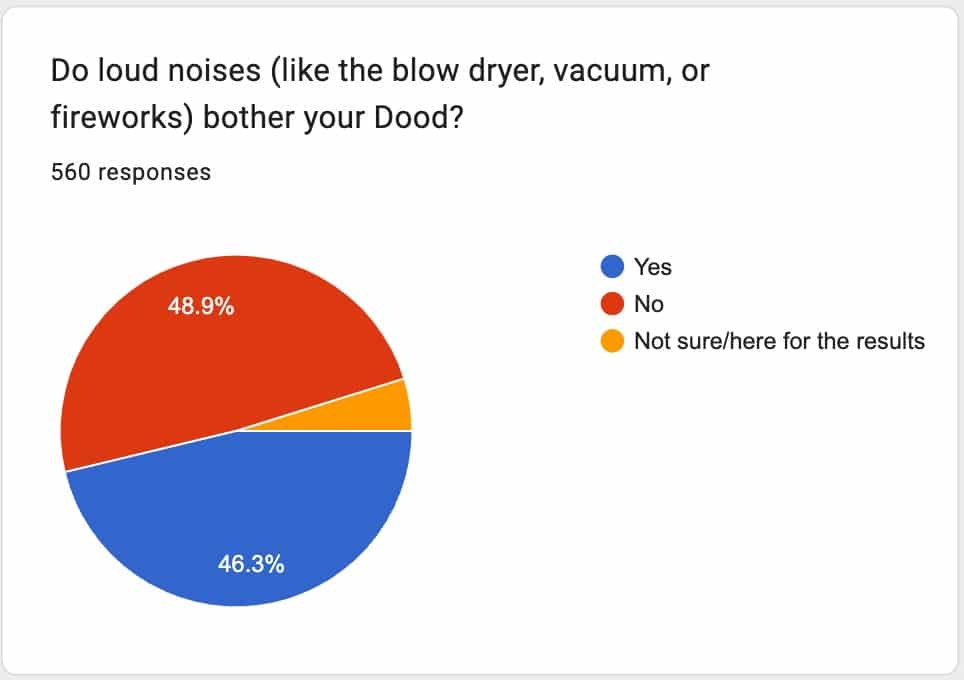
Symptoms Of Noise Anxiety In Dogs
If your dog is afraid of loud noises, you’ve probably noticed that they react in a fearful, anxious manner. It’s not uncommon for dogs to startle at loud sounds or try to hide away from them. However, sometimes we may accidentally overlook the signs of noise anxiety in dogs. The symptoms you should watch out for include:
- Trying to hide or in more serious cases frantically trying to escape;
- Pacing;
- Shaking, trembling, or having a tense body stance;
- Panting;
- Barking, whining, and howling;
- Peeing or pooping inside the house;
- Loss of appetite;
- Aggression;
- Destructive behaviors.
What Is Sound Desensitization For Dogs?
Noise desensitization for dogs is designed to make our canine pals get used to a variety of sounds, but especially those loud and often unexpected sounds. It’s not uncommon for dogs to be afraid of all sorts of noises, such as louder household appliances or fireworks. Loud parties and gatherings at home, sirens and alarms, thunderstorms, and even airplanes can all be triggering for dogs.
In addition to that, dogs can also get overly excited due to sounds like hearing the doorbell or something else that excites them a bit more than seems healthy.. Noise desensitization for dogs helps to tackle both of these issues, as the goal is to prevent fear and excessive excitement, and help your dog become non-reactive to those triggers.
While overly excited reactions to certain sounds is more of an annoyance for you or anyone who’s around your pup, fearful reactions can be extremely stressful for your best pal. And, of course, it makes no sense to put our dogs in situations where they have to feel stressed out, anxious, or scared. Fortunately, even those negative reactions can be prevented and minimized with proper noise desensitization for dogs that’s done in a controlled, safe way.
Considering that dogs go through two fear imprint stages in their lifetime, one at 8-11 weeks of age and the other around 6-14 months old, it’s best to start as soon as possible. Like any other training process, noise desensitization for dogs takes time. So, make sure to stay consistent, patient, and the results will follow.
How To Desensitize Dogs To Noises?
Below you’ll find our step-by-step guide on how to start desensitizing your dog to loud noises and sounds so that your pooch won’t get as afraid, stressed out, or anxious when hearing those alarming noises.
Pick A Sound Desensitization Playlist
First things first, pick some good sound desensitization playlists for your dog that feature some of the most common triggering noises, such as thunderstorms, fireworks, fire alarms, construction noises, airplanes, trucks, vacuums and washing machines, or even a baby crying or dogs barking.
You’ll find plenty of different playlists on Spotify or YouTube. If possible, subscribe to an ad-free plan and you won’t have to worry about loud ads popping up every few minutes. You can also try out different apps on your phone. However, regardless of the software or app you use, we recommend connecting your phone or computer to a bluetooth speaker so that the sounds are clearer and louder.
Speaking of which, the speakers should be away from the device where you play the sounds so that your dog won’t know when and where to expect them.
Build A Training Routine: Start Slow And Gradually
Now it’s time to start desensitizing your dog to those sounds and noises. You should start gradually, meaning that start playing the sounds at low volume initially and slowly raise the volume once your dog is comfortable with them at a lower volume.
Once you reach a volume where you notice your dog reacting, whether they startle or twitch slightly, don’t increase the volume any further. Keep the sound on at that volume for a minute or two so that your dog can get used to it. However, if you notice that your dog has gotten very scared or stressed due to the sound, turn it off immediately and go back to a lower volume later on or the next day.
We recommend you expose your dog or puppy to those noises in comfortable areas inside the house where they haven’t been traumatized before. So, don’t confine your pup in a room with the laundry machine or the vacuum – that’s a big no-no! Needless to say, never do sound desensitization outside in the backyard or any other place where they can escape from. In the future, when your dog has advanced with the training, you can start placing the speaker in rooms that your pup was scared of before you started desensitizing them.
Noise desensitization for dogs shouldn’t take up much of your day. About 10 to 15 minutes per day is the absolute maximum you should spend on it. That being said, we recommend doing the training at random times of the day so that your dog won’t be able to predict it. After all, the goal is to get your pup used to loud noises and sounds whenever they might occur, just as in real life.
Engage Your Dog With Treats During The Training
It wouldn’t be much of a positive reinforcement approach if you didn’t reward your pup with treats and praise during the desensitization process! Whenever you play a sound to your dog, give them a treat during it. It’s also helpful to incorporate chew toys and fun games in the process.
By the way, stop giving your dog treats as soon as you turn off the sounds. This will help your dog to learn to associate the sounds of fireworks, thunderstorms, and other loud noises with something positive instead.
What To Do When Your Dog Is Severely Sensitive Or Phobic To Sounds?
In case of severe noise phobia, you have to take a bit of a different approach with your pooch. We do recommend you still start desensitizing your pup weeks ahead of, let’s say, fireworks season to help your dog adjust to the looming noisy period. However, do it gradually and never force your dog to listen to loud noises that clearly make them upset and stressed out.
There are a few days of the year when we can expect fireworks, such as the New Year’s Eve and the 4th of July celebrations. For those days, you can take some simple, yet effective steps to make it easier for both your dog and yourself.
First, we recommend creating a safe, comforting space for your dog in your home. Prepare a comfortable space where your pup can’t escape. Make it as cozy as possible with soft bedding, fun chew toys, plush toys, and plenty of clean drinking water. Be sure to also close all windows and doors and shut the curtains to minimize any potential triggers.
You can also utilize calming treats and other similar products to help soothe your pup’s mind during this stressful time. If necessary, consult with your vet about appropriate medications.
Then, you’ll also want to distract your dog from the usual triggers with plenty of toys. Even better, play with your dog and encourage them in the process. Keeping them company can do wonders. Playing some soothing music in the background can also help.
Moreover, you should stick to the same daily schedule as you always do, as this will keep your pup a sense of safety and security. In addition to that, you might want to exercise your dog a bit more than you usually would so that they’re more relaxed during the festivities.
Dos And Don’ts Of Sound Desensitization For Dogs
For a quick recap, here are some dos and don’ts of noise desensitization for dogs that you should always keep in mind.
Dos:
- Start noise desensitizing your dog from a young age;
- Noise desensitization for dogs is done gradually and over a longer period of time – the process can take months!
- Start with lower volumes and gradually go up once your dog gets accustomed to the noises;
- Always reward your dog with tasty (but healthy!) treats and praise;
- Incorporate other training and enrichment methods into your pup’s daily routine so that they’re calm and entertained;
- Lean your dog’s cues and body language so that you can understand when they’re feeling scared or anxious;
- Create a safe haven for your pup to retreat to whenever they’re feeling scared due to fireworks, thunderstorms, or other loud experiences;
- Comfort your dog when they’re feeling visibly scared, anxious, or stressed;
- Consider getting help from a professional dog behaviorist or a dog trainer in case of severe noise phobia.
Don’ts:
- Never punish or scold your dog for being scared or anxious;
- Never force your dog to listen to noises and sounds that are extremely loud and visibly upsetting for them;
- Never expose your dog to traumatic experiences and limit their exposure to triggers as much as possible.
Noise Desensitization For Dogs: FAQs
According to the AKC, classical music, reggae, and soft rock are the most calming for dogs. Based on our own observations, smooth jazz and other relaxing tunes also seem to do the trick. You should play music that has a slower tempo and overall features less frantic melodies. However, the key is to vary the music you’re playing to your dog so that it won’t become too repetitious.
You’ll find lots of free sound desensitization playlists for dogs on YouTube and Spotify, but we do recommend you subscribe to a paid ad-free plan to avoid interruptions. You can also try out apps like Pupford App on App Store or Google Play, TrainAway on App Store and Google Play, or Puppy & Dog Sound Therapy on Google Play.
Noise desensitization for dogs is a long process that will likely take weeks and even months. That’s why it’s so important to start from a young age, safely of course, so that your puppy has time to adjust to a wide variety of sound stimuli over a long period of time.
Noise Desensitization For Dogs: Final Thoughts
Noise desensitization for dogs can certainly take some time. For some pups it’s just a matter of a few weeks, but more often than not, this process will likely take up to a few months. The key thing is to start as early as possible and do it gradually over time. Be sure to stay consistent and patient, and never punish your pup for being scared or anxious of loud sounds. It’s completely normal for them! As long as you do your part, you’ll see that your dog won’t get as scared of those loud noises anymore, either. Hope this guide has been a helpful resource so that both you and your pooch can enjoy the usual noises of daily life as well as sounds they might get exposed to during holidays and celebrations.
Learn How to Care for Your Doodle Puppy!
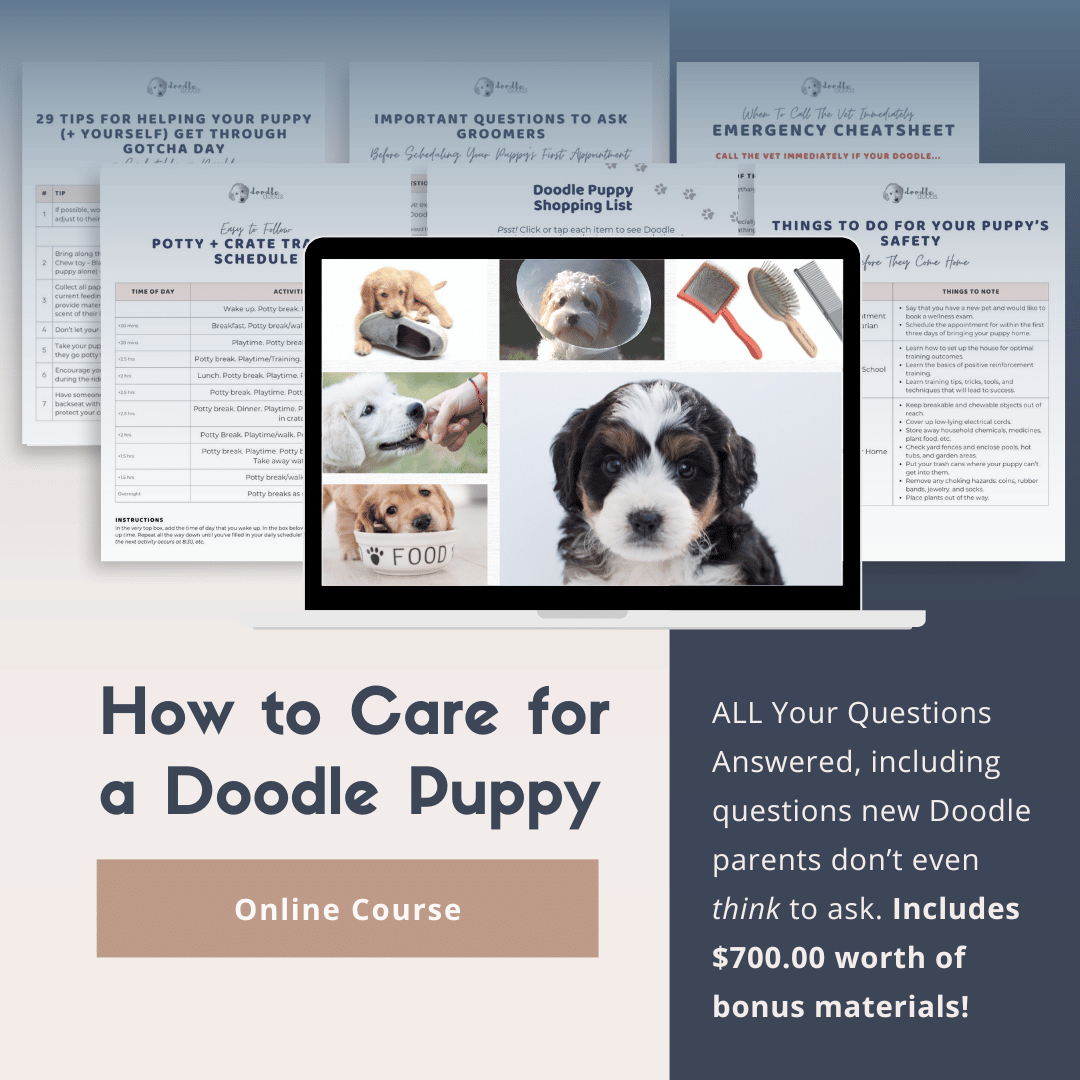
Perfect for first-time Doodle parents, get ALL your questions answered, including questions new Doodle parents don’t even think to ask.
Plus, get $700 worth of Bonus Materials for FREE, including:- Doodle Parenthood Community and Support Group ($190 value)
- Doodle Puppy Growth Tracker ($20 value)
- EMERGENCY Cheatsheet: When To Call The Vet Immediately ($50 value)
- HELP! Button ($145 value)
- And SO MUCH MORE!
